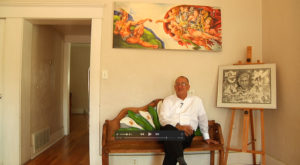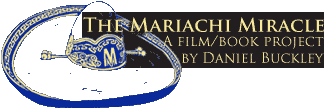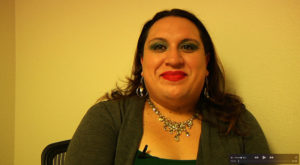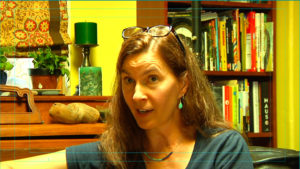
Businessman, cultural advocate, Chicano activist and mariachi/folklorico parent/grandparent Raul Aguirre.
As the final weeks of filming for the Mariachi Miracle tick down, a new flurry of interviews is being conducted designed to fill in context and detail of the youth mariachi/folklorico movement, and its consequences.
Educators, parents, Chicano activists, historians, community elders, musicians, dancers, choreographers and more are filling in the gaps on how this music has, and continues to, evolve, proliferate, and transform communities.
Many of the people being interviewed have played multiple roles over the years and bring perspective to a variety of topics. Raul Aguirre, for example, has seen the movement unfold from his days as a college student in the 1970s, through his years in broadcasting and now as an expert in Hispanic marketing. His thoughts on what has transpired and continues to reshape our community are particularly telling. Particularly insightful are his reflections on how this youth movement has drawn as much on American values of equality across gender, sexual orientation, racial, socio-economic and cultural boundaries as on the traditions inherited from the Mexican homeland.
Jessica Figueroa brings the viewpoint of both the working mariachis that entertain clientele in restaurants, private parties and the like, as well as the “show” mariachis who bring a level of virtuosity and showmanship to the artform on stages throughout the world. Moreover Figueroa is one of the many female pioneers who have proved that women are as capable and talented as their male counterparts, even as they shattered the glass ceiling of a once-all-male musical tradition.
One of the most significant statements in recent interviews came from Cheryl Schrader-Gerken – a teacher and librarian at Davis Bilingual Elementary School and herself the parent of a young Anglo child who has grown up participating in youth mariachis.
Schrader-Gerken made the impactful statement that children are agents of change. This has long been a belief I have held, but after four years of filming, finally hearing someone say it revived my conviction and gave me a new question to ask various people – “How have the children of the mariachi/folklorico movement transformed you?”
It’s a show stopper, generating a lengthy, reflective pause and a variety of unexpected answers.
And it is a very necessary question to ask, particularly at this point as the long information gathering process is coming to a close in a final blizzard of activity.
Last week I gave a talk at the University of Arizona Library’s Special Collections Division called “Affirmations and Surprises: Discoveries on the Trail of the Mariachi Miracle.” I will post the text from that talk here on The Mariachi Miracle website in the coming weeks.
I’d hoped to be able to do more of these public forums, and still plan to generate another couple as the editing process takes place, particularly to explore issues of why this movement started in America with Chicano populations, rather than in Mexico.
More than sharing what I’ve been uncovering, it was a chance to meet with people I may not have known of before, and get input on other topics and sources that should be included in the project.
And sure enough, folks piped up, during the Q&A, and both before and after the talk. Really what I wanted was for people to correct me in what I was presenting, which they did, but they also added several more layers of investigation that I am investigating at the moment.
Every interview since the beginning has had its surprises, and added to the increasingly detailed mosaic that is taking shape. But with that cumulative body of discussion now becoming quite large and detailed, it is both exciting and daunting to think about how all of this will be distilled, and find its way into the film and book.
I am as much on the edge of my seat at this point as those waiting for the film and book.




